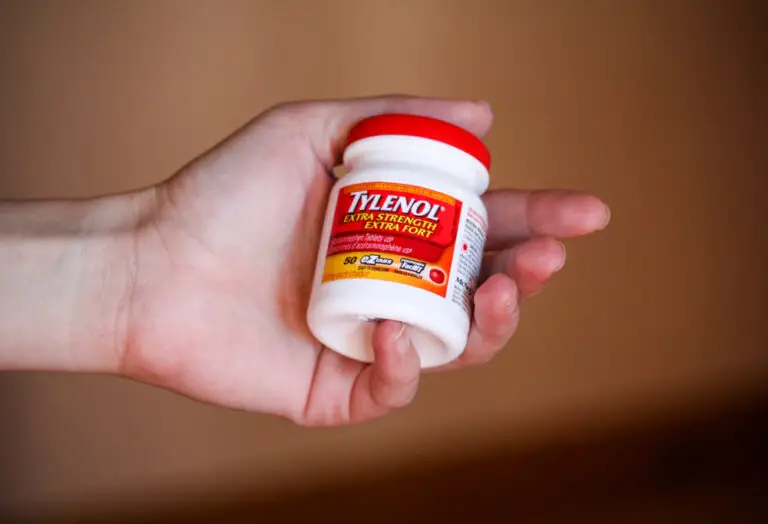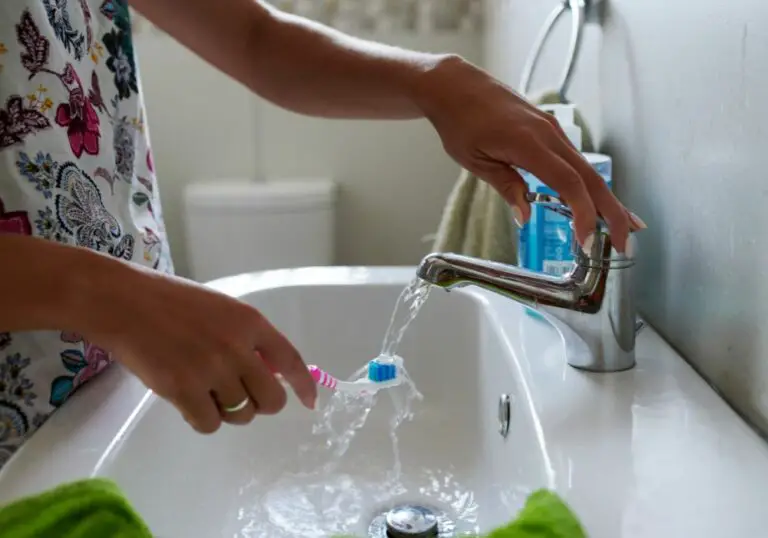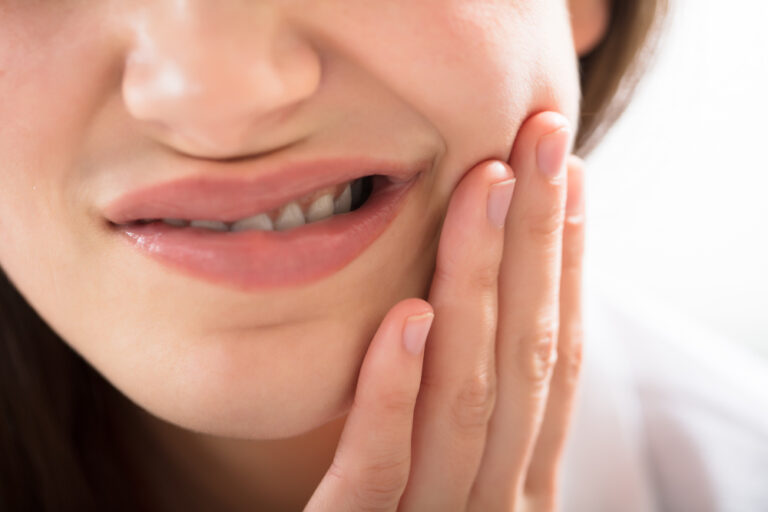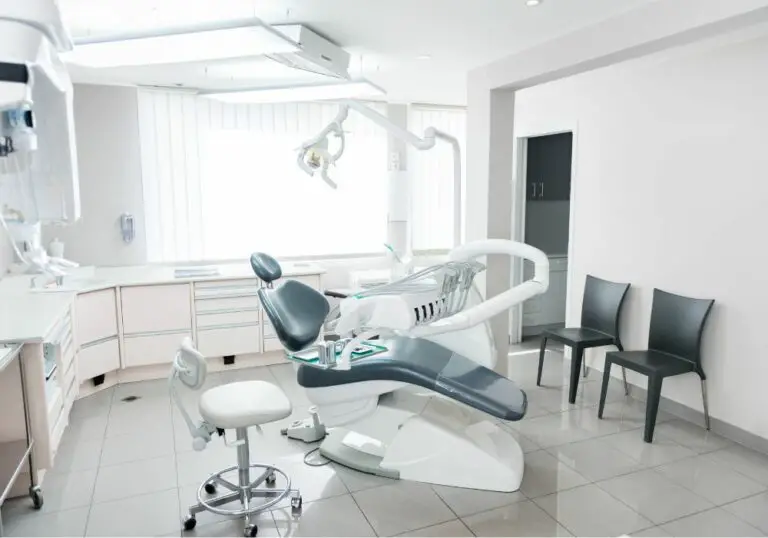Nicotine staining is an extremely common problem for smokers. The nicotine and tar in cigarette smoke can cause unsightly yellow or brown stains on teeth that regular brushing and flossing often can’t remove. If you smoke, vape, or use other tobacco products, you may be wondering if anything can be done to whiten nicotine-stained teeth.
The good news is teeth whitening treatments can be very effective at lightening the stains caused by smoking and tobacco use. However, it usually takes more time, effort, and repeated treatments to brighten nicotine discolored teeth compared to teeth stained by food and drinks.
What Exactly Causes Nicotine Staining?
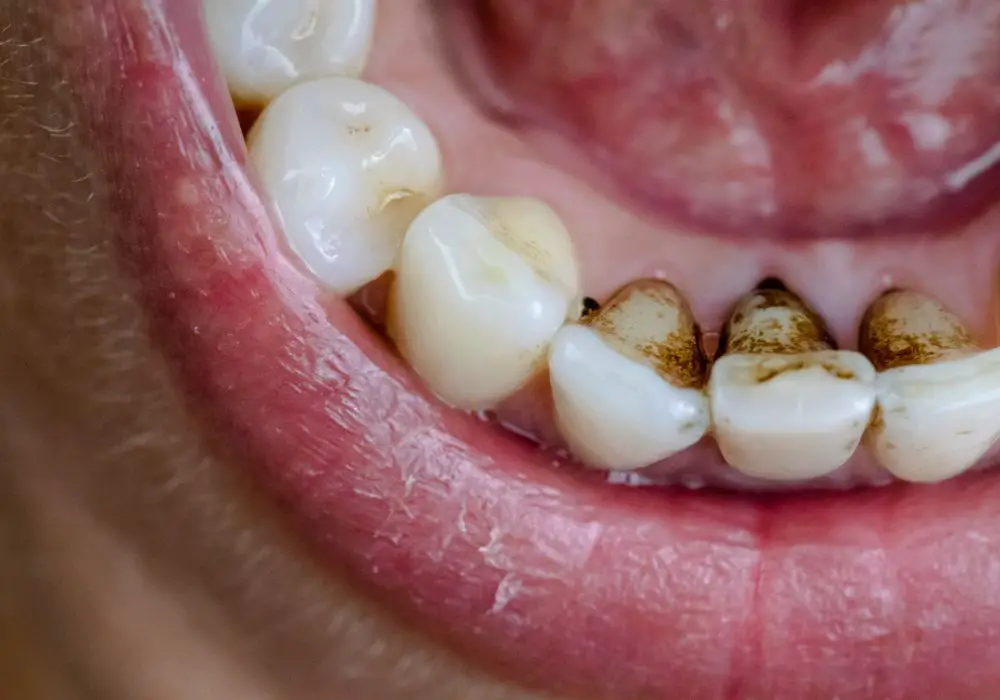
When you smoke cigarettes, cigars, vape, or use chew tobacco, the nicotine and tar exposure causes stubborn stains that gradually build up on your teeth over time. There are several ways this occurs:
- Nicotine and tar create tenacious extrinsic stains on the enamel surface of teeth. These stains are referred to as extrinsic because they occur externally on the outer enamel layer.
- Smoking also leads to intrinsic stains, which occur as the inner structure of the teeth change color underneath the enamel. Intrinsic stains are harder to remove because they are embedded in the dentin deeper in the teeth.
- The heat from inhaling hot smoke or vapor degrades and damages the enamel. This makes teeth more porous and prone to both extrinsic and intrinsic staining.
- Nicotine causes a yellowish sticky film to build up on teeth that attracts stains. This sticky residue binds other staining compounds from tobacco, food, and drinks to the teeth.
- Tooth discoloration is concentrated where smokers place their cigarettes, such as the front incisors and canines. These front teeth show the most severe staining.
The longer you smoke and the more cigarettes, cigars, or chewing tobacco you use each day, the worse nicotine staining is likely to become. Discoloration can range from light yellow to dark brown or orange hues.
Professional Whitening Options for Nicotine-Stained Teeth
While over-the-counter whitening products may help a bit, professional whitening treatments are most effective for lightening nicotine stains:
In-Office Power Whitening
Dentist-supervised, in-office power whitening is the gold standard for fast, dramatic whitening. Concentrated peroxide-based gels up to 35-40% are applied to teeth. Advanced curing light is used to accelerate and enhance the bleaching results.
With a single 1-hour treatment, professional power whitening can make teeth up to eight shades brighter. Many heavy smokers see outstanding whitening results from power bleaching.
However, it contains the highest level of peroxides which increase sensitivity risk. Your dentist will check for gum health, cavities, and enamel defects before clearing you for power whitening sessions.
Custom-Fit Whitening Trays
Your dentist can provide custom-made trays that fit your teeth precisely. You fill the trays with a prescription-strength whitening gel to bleach your teeth at home or on-the-go.
Trays allow concentrated peroxide to remain against teeth longer than strips for better nicotine stain penetration. Typical treatment involves wearing trays for 30-60 minutes a day for 1-2 weeks. Longer term use may be recommended for smoking discoloration.
Other In-Office Treatments
Some dental offices offer intermediate whitening systems between power bleaching and take-home trays:
- Halogen light treatment: Using lower concentration whitening gel and advanced LED light without heat risks.
- Laser whitening: A dentist applies concentrated bleach and uses a laser light to enhance the chemical reaction.
- Ozone treatment: Ozone gas is applied to teeth to decompose stain compounds.
While costs vary based on location and system used, professional whitening generally ranges from $300-$1000. Proper technique is vital for safe, effective whitening of nicotine stains. Always have your dentist assess teeth first before DIY treatments.
Home Whitening Options for Nicotine Stains
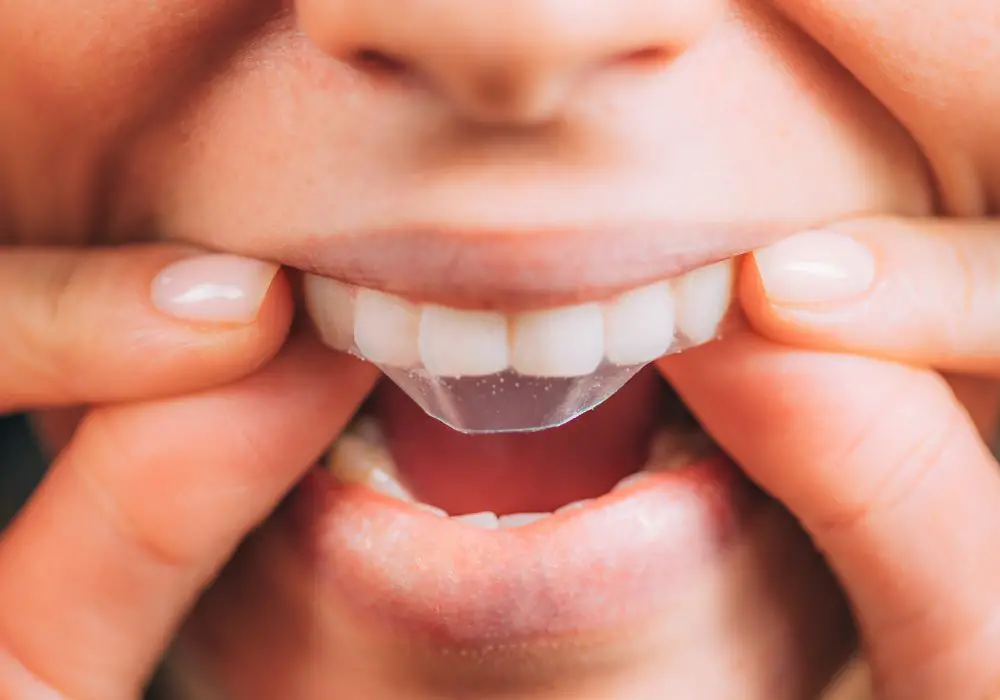
In addition to professional treatments, over-the-counter products can supplement stain removal:
Whitening Strips
Whitening strips coated with 5-10% hydrogen peroxide are an affordable option starting under $50. However, weaker peroxides may take over 2 weeks to show noticeable nicotine stain removal.
Use whitening strips as directed for 30-60 minutes 1-2 times daily. Be careful removing strips to avoid gum irritation.
Whitening Trays With Gel
Trays allow longer bleaching contact than strips. But without custom-fit, tray gels are weaker than dentist-provided treatments. Applying for 1-2 hours daily may gradually lighten smoking stains over 4-8 weeks.
Whitening Toothpastes
While unable to remove deep intrinsic stains, specialized whitening toothpastes can help scrub away new surface nicotine stains. Using twice daily provides mild bleaching and polishing.
Look for hydrogen peroxide, baking soda, silica, or Blue Covarine as active ingredients. Brushing with a whitening toothpaste prevents stains between intensive treatments.
Other Home Products
Over-the-counter gels, rinses, and toothbrushes with stain-removing bristles offer minimal whitening but can help maintain results. Use per manufacturer’s guidelines for gradual polishing.
How Does Smoking Impact Whitening Treatments?
For best whitening of nicotine stained teeth, you must cease smoking and tobacco use during and after treatment:
- Chemicals in cigarettes interfere with bleaching chemicals. Smoking makes peroxides less effective so stains are removed slower.
- Smoking or vaping right before whitening provides a direct source of stains. New nicotine staining can form rapidly, undermining the brightening effects.
- Tobacco chemicals increase enamel porosity. This makes teeth stain more easily and resist whitening.
Many dentists refuse to do power whitening for patients who won’t quit smoking for 2 weeks before and after treatment. Without this hiatus, strips or trays yield better gradual results long-term.
How Long Do Whitening Results Last for Smokers?
While dramatic whitening can be achieved, results are temporary without lifestyle changes. For smokers, stains begin returning in as little as 1-3 months.
- On average, in-office power whitening results last 6-12 months for smokers, compared to 1-2 years for non-smokers.
- For at-home tray whitening, touch up sessions may be needed after just 2-3 months of continued smoking.
The degree and speed of relapse depends on:
- How much you smoked before treatment
- If you continue smoking after whitening
- Your dental hygiene and stain prevention efforts
Continuing cigarette, cigar, or pipe use after whitening means stains will return faster. Daily maintenance is critical.
Preventing Stains After Whitening Treatments
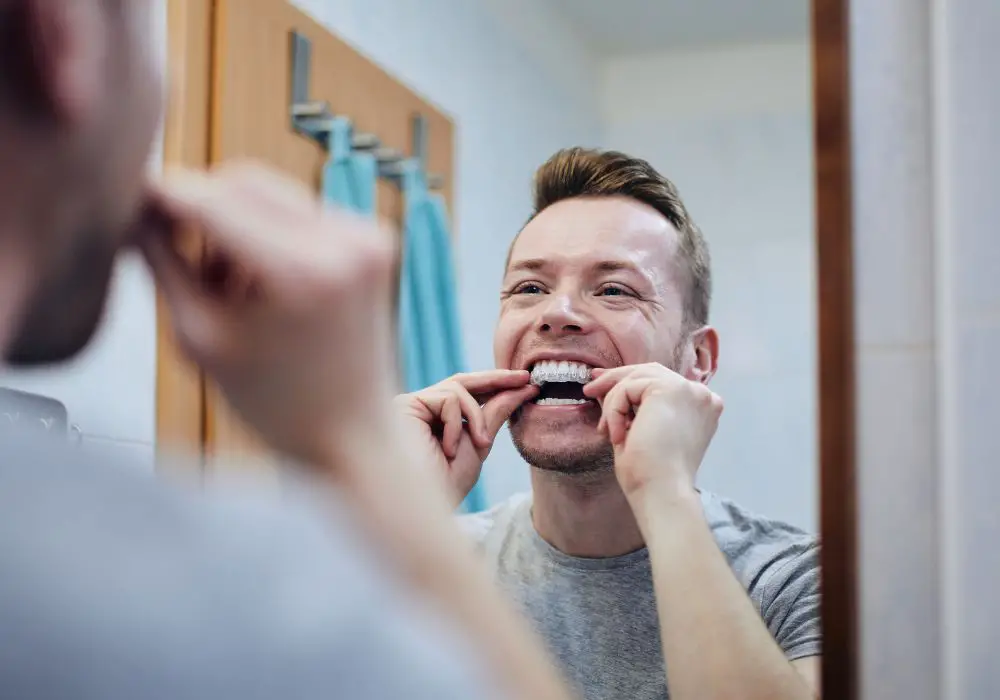
To prevent rapid staining relapse after whitening nicotine discolored teeth:
- Use custom whitening trays periodically at home with prescription whitening gel provided by your dentist.
- Apply whitening strips or paint-on gel 1-2 times per week to maintain brightness.
- Use whitening mouthwashes daily to prevent nicotine film buildup.
- Chew whitening gum after smoking to stimulate saliva flow that rinses stains away.
- Brush with whitening toothpaste morning and night. It slightly lightens and polishes teeth.
- Avoid dark foods and drinks like coffee, red wine, soda, berries, tomato sauce, curry and soy sauce. These restain teeth easily.
- Drink with a straw to minimize stain exposure to front teeth.
- Rinse with water after smoking to prevent immediate staining.
Is Whitening Safe for Nicotine Stained Teeth?
Teeth whitening is safe for healthy teeth when products are used as directed. However, be aware of these risks:
- Overuse of very high-concentration peroxide whiteners increases sensitivity risks. It can also irritate gums and damage enamel if overapplied.
- Make sure you don’t have new decay that requires restoration first. Bleaching agents seep into porous areas in active decay, causing severe pain.
- Avoid whitening if you have exposed roots, gum recession, crowns or veneers. These require alternative whitening methods.
- Pregnant women should not whiten due to potential fetal absorption risks.
Consult your dentist about the safest products and durations for your degree of nicotine staining. Targeted gum shields can protect gums from irritation during whitening sessions.
Professional Whitening Options Compared
| Whitening Method | Procedure | Active Ingredient | Treatment Time | Effects Last |
|---|---|---|---|---|
| In-Office Power Whitening | Up to 40% hydrogen peroxide applied to teeth, accelerated with light | Hydrogen peroxide | 1 treatment visit, about 1 hour | 6-12 months smokers; 1-2 years non-smokers |
| Custom Take-Home Trays | 15-22% carbamide peroxide custom tray solution used daily | Carbamide peroxide | Daily use for 2-4 weeks | 3-6 months smokers; 6-12 months non-smokers |
| Over-the-Counter Whitening Strips | 5-14% hydrogen peroxide strips applied twice daily | Hydrogen peroxide | Daily use for 2-4 weeks | 1-3 months smokers; 3-6 months non-smokers |
Whitening Options Cost Comparison
| Whitening Method | Average Cost |
|---|---|
| In-Office Power Whitening | $300 – $1000 per treatment |
| Custom Take-Home Trays | $200 – $500 |
| Over-the-Counter Strips | $30 – $80 |
Frequently Asked Questions about Whitening Nicotine Stained Teeth
How long does it take to see results when whitening nicotine stained teeth?
With in-office power whitening, dramatic results are visible immediately after the first treatment. For take-home trays or strips, lightening of nicotine stains is gradual over 2-4 weeks. Overall, removing heavy smoking discoloration takes longer than minor stains but is very achievable.
Does insurance cover teeth whitening for nicotine stains?
Unfortunately, most dental insurance providers classify teeth whitening as a cosmetic procedure and do not cover it. This includes nicotine stain removal. You will need to pay out-of-pocket for professional power whitening, custom trays from your dentist, or over-the-counter treatments.
Can whitening damage enamel that is already weakened from smoking?
When performed correctly, whitening is safe for healthy teeth without existing decay or defects. However, overuse of very high concentration peroxide whitening gels can increase sensitivity and gum inflammation risks. Consult your dentist about whitening products and durations that are appropriate for your degree of nicotine staining and current enamel condition.
How white can you make extremely nicotine stained teeth?
With repeated professional treatments and properly maintained home whitening, even very heavy brown nicotine stains can be lightened dramatically. The degree of change depends on how intrinsically stained the inner tooth structure is. While an extremely white “celebrity” smile may not be possible for all long-term smokers, significant whitening and brightening is usually achievable. Realistic expectations are important.
Can you whiten teeth safely while pregnant or breastfeeding?
Whitening is not recommended during pregnancy or breastfeeding due to potential systemic absorption risks to the developing fetus or infant. Safer alternatives like professional dental cleaning and polishing can remove some surface nicotine stains during pregnancy/breastfeeding. For deeper whitening of intrinsic nicotine discoloration, wait until you are no longer pregnant or breastfeeding.
Conclusion – Don’t Be Discouraged By Nicotine Stained Teeth
While smoking and tobacco use inevitably cause considerable tooth discoloration over time, all hope is not lost for a brighter smile. Today’s highly effective whitening treatments can significantly lighten even the most stubborn nicotine stains, provided you set realistic expectations.
However, to enjoy long-lasting whitening of your nicotine stained teeth requires diligently avoiding smoking/tobacco during and after treatment. It also means daily home maintenance and layoff of staining foods/drinks.
Keep in mind that relapses in staining are likely with continued smoking, as stains can return rapidly after whitening. But periodic professional treatment with ongoing home white regimens can keep teeth whiter between touch ups.
Your best bet is always to quit smoking altogether. But until you can kick the habit for good, advanced whitening options offer a conservative way to minimize unsightly stains without other more aggressive veneers or dental work. Get your smile glowing brightly again with the power of modern whitening.

